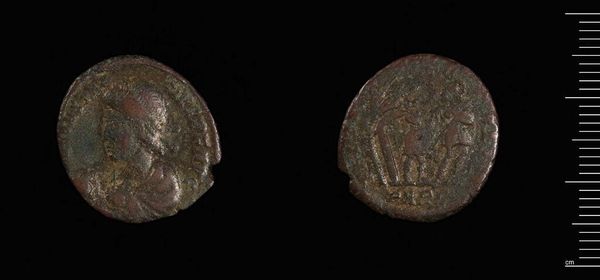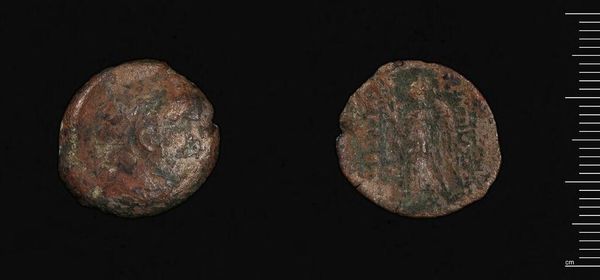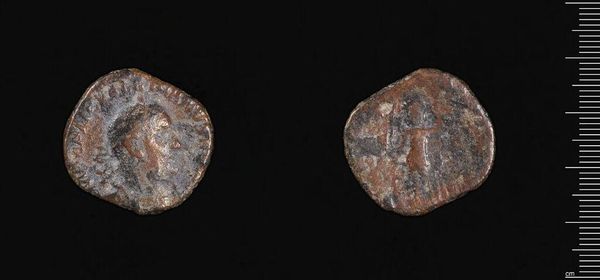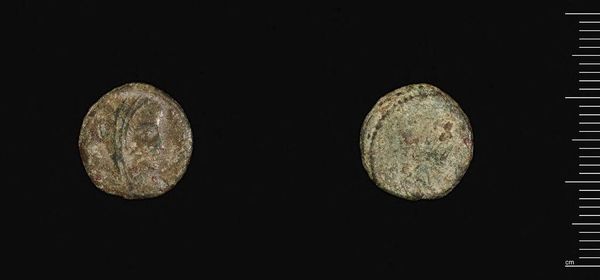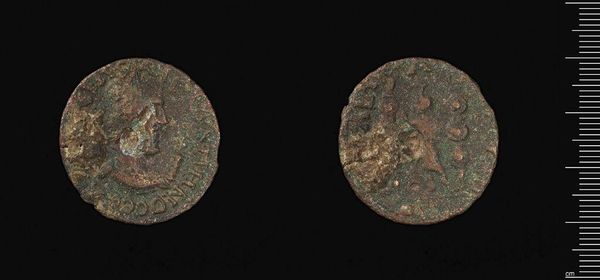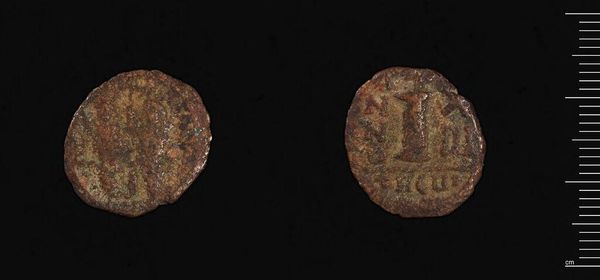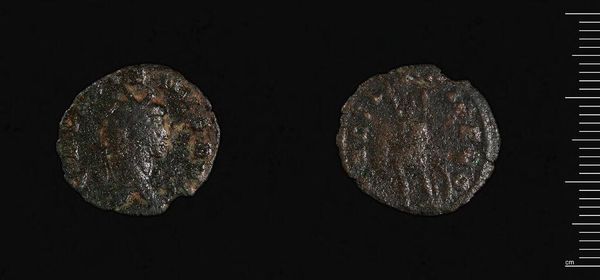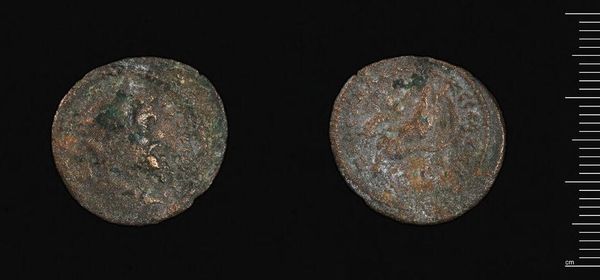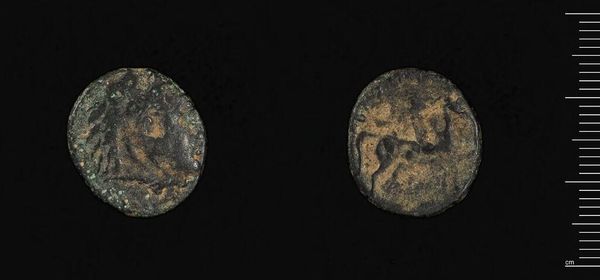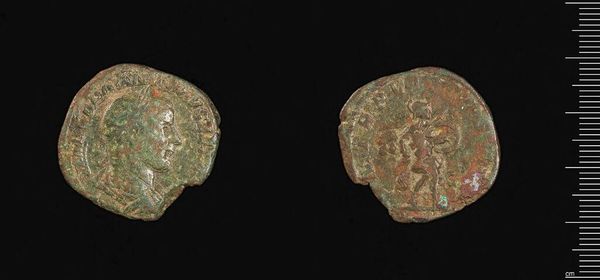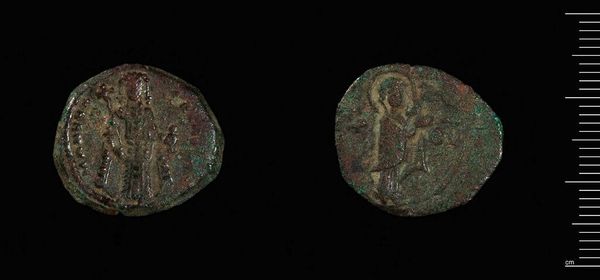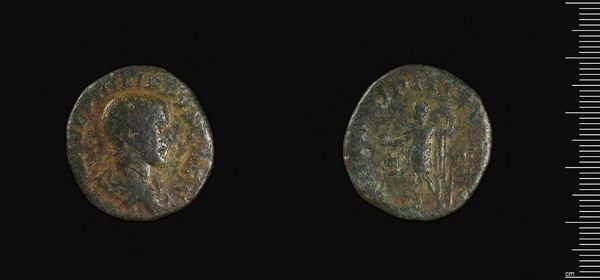
Crimea, Chersonesos, time of Constantine VII Porphyrogenitus, 913-959 A.D. c. 10th century
0:00
0:00
Dimensions: 2.75 g
Copyright: CC0 1.0
Editor: Here we have a bronze coin, "Crimea, Chersonesos, time of Constantine VII Porphyrogenitus, 913-959 A.D." It looks quite corroded, but the images are still visible. How do you read the iconography and structure of such a small yet historically charged object? Curator: We must consider the semiotic weight of the imagery impressed upon its surface. The visible forms, despite their degradation, point to a deliberate composition. The cross, repeated on both sides, functions as a central structural element. How does the degradation itself play into the reading? Editor: That's a great point. The wear almost obscures the images, yet also highlights the enduring quality of the metal. What did you mean when you mentioned deliberate composition? Curator: The arrangement isn't arbitrary. The placement of the cross, likely meant to interact with other, now less discernible forms, creates a visual syntax. We must consider what this syntax communicated in its time. The deterioration further emphasizes its materiality, its journey through time. Editor: I see. It's interesting to think about the coin not just as currency but as a carefully constructed object with symbolic meaning. Curator: Precisely! The material and its manipulation are as vital as any inscription. It's a convergence of form and function, eroded yet eloquent. Editor: I'll certainly consider the material and composition of coins differently now.
Comments
No comments
Be the first to comment and join the conversation on the ultimate creative platform.
